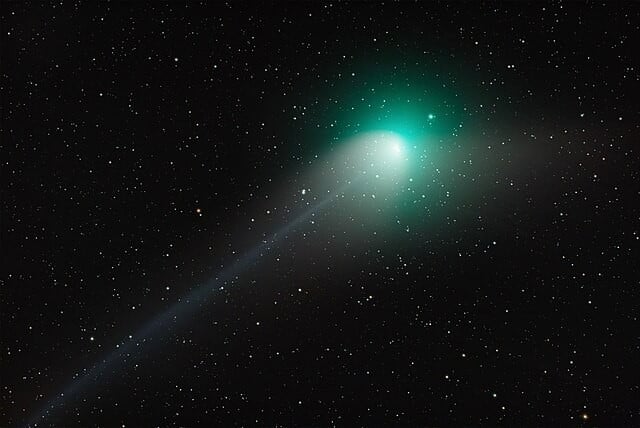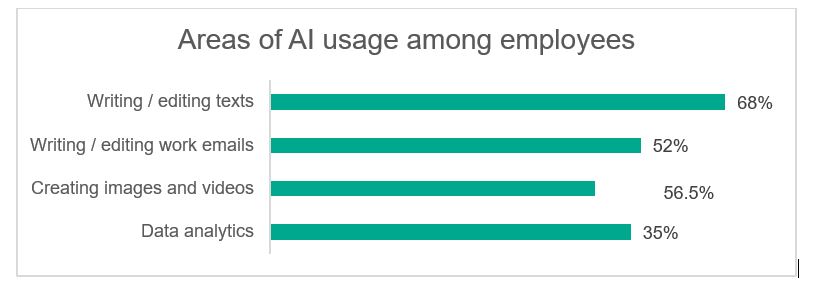
In April, stargazers will have the opportunity to witness a rare solar eclipse and the ‘Devil’s Comet’, which only visits the inner solar system once every 71 years. While it will be closest to Earth in June, it will be brightest and most visible on April 21.
The comet will be best seen from a location with a clear, dark sky and coincides with a solar eclipse on April 8. The “Devil’s Comet” will be best seen with binoculars or binoculars and will be brighter “if you don’t have the moon in the sky if there’s no light pollution, and if the weather is really clear,” says Dr. Robert Massey, Deputy Chief Executive of the Royal Astronomical Society.
Also read: US Congress bans staff use of Microsoft’s AI Copilot, Axios reports
The comet is so named because of its pointed, horn-shaped appearance with tails of ice that melt and release gas as it passes the Sun. A cryovolcanic comet has eruptions of dust and gas from a pressure build-up, giving it a horn-like appearance, while diatomic carbon gives it a green glow.








